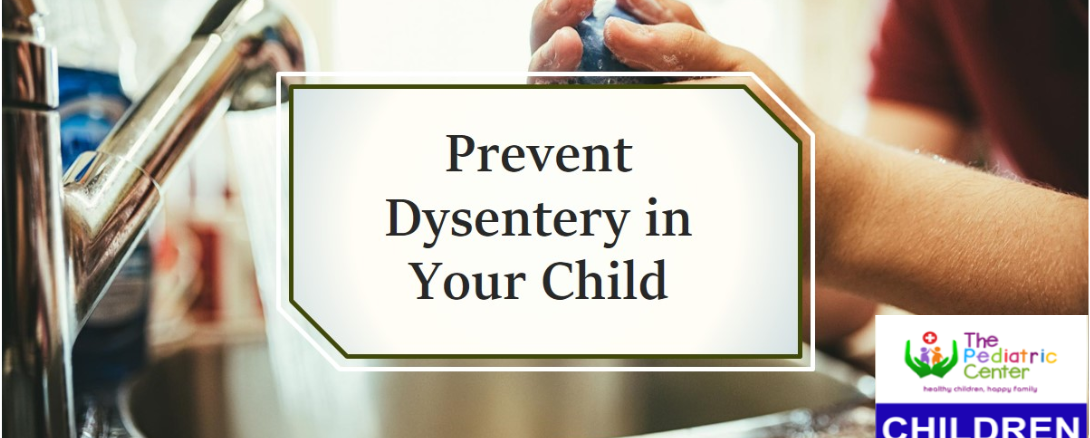Dysentery is an inflammation of the intestines that causes severe diarrhea with blood. It is a common illness in children, especially in developing countries.
Causes
Dysentery is caused by an infection of the intestines with bacteria or parasites. The most common causes of dysentery in children are:
- Shigella bacteria: Shigella bacteria are the most common cause of bacterial dysentery in children. They are spread through contact with contaminated food or water, or through contact with the stool of an infected person.
- E. coli bacteria: E. coli bacteria are another common cause of bacterial dysentery in children. They are spread through contact with contaminated food or water, or through contact with the stool of an infected animal.
- Entamoeba histolytica parasite: Entamoeba histolytica is a parasite that causes amoebic dysentery, a type of dysentery that is more common in tropical and subtropical climates. It is spread through contact with contaminated food or water, or through contact with the stool of an infected person.
Symptoms
The symptoms of dysentery in children typically develop within 1-3 days of exposure to the bacteria or parasite. The most common symptoms are:
- Diarrhea: The diarrhea is usually severe and watery, and may contain blood and mucus.
- Abdominal pain: The abdominal pain is usually crampy and may be severe.
- Fever
- Nausea and vomiting
- Loss of appetite
- Dehydration
Treatment
Treatment for dysentery in children depends on the cause of the infection. Bacterial dysentery is treated with antibiotics. Amoebic dysentery is treated with antiparasitic medications.
In addition to medication, it is important to keep your child hydrated by giving them plenty of fluids to drink, such as oral rehydration solution (ORS). ORS is a special solution of water, salts, and sugar that helps to replace the fluids and electrolytes that are lost through diarrhea.
If your child is vomiting, you can give them small, frequent sips of ORS or clear liquids. If your child is unable to keep fluids down, they may need to be hospitalized to receive intravenous fluids.
Prevention
There are a number of things you can do to help prevent dysentery in children, including:
- Wash your hands frequently with soap and water, especially before eating and after using the toilet.
- Avoid giving your child food or water that you are not sure is clean.
- Cook food thoroughly, especially meat and poultry.
- Avoid giving your child raw fruits and vegetables.
- Boil or filter drinking water, if possible.
- Dispose of diapers and soiled clothing properly.
If you are traveling to a developing country, it is important to take precautions to prevent dysentery, such as eating only cooked food and drinking only bottled water.
If you have any concerns about your child’s risk of dysentery, talk to a doctor.
PS: Please feel free to share our articles with friends and family.
© 2023 The Pediatric Center Children Hospital
2a Sulaimon Abdullahi Street, Agungi, Lekki, Lagos
Road 2, House 20, Greenland Estate, Olokonla, Ajah-Sangotedo, Lagos

